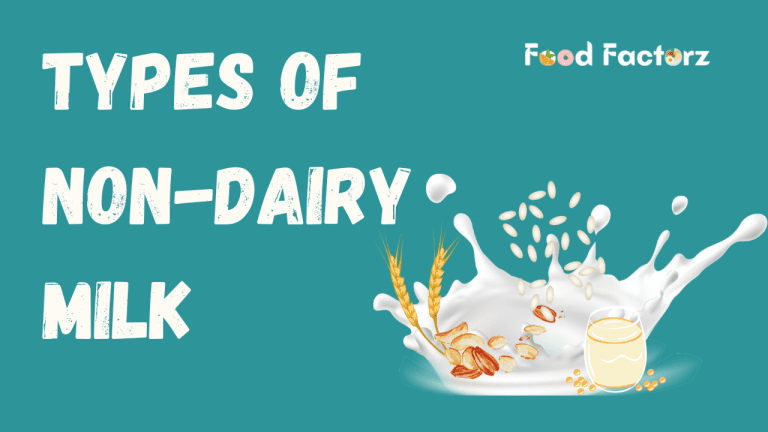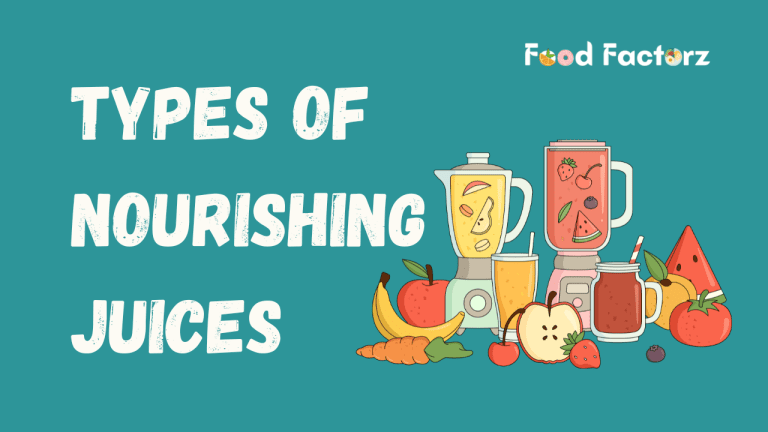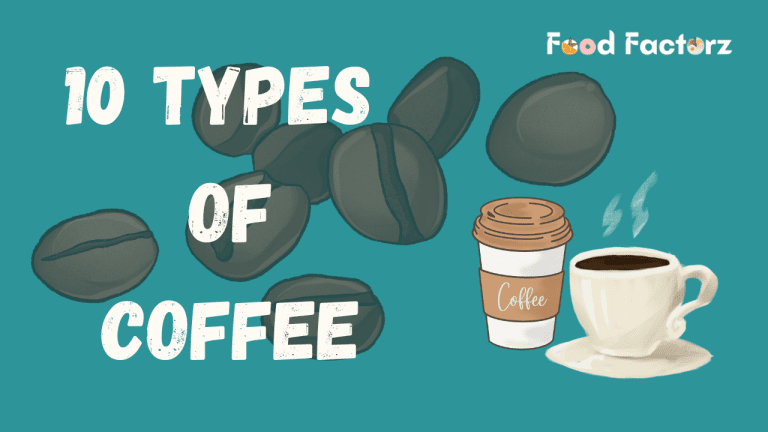Hello Foodies!!!
Today, I invite you on a journey to discover the different types of tea that grace our planet, each steeped in its own unique culture and history. Ditch your boring routine and join me on a global tea adventure to taste the diverse flavors and cultures that make each cup unique.
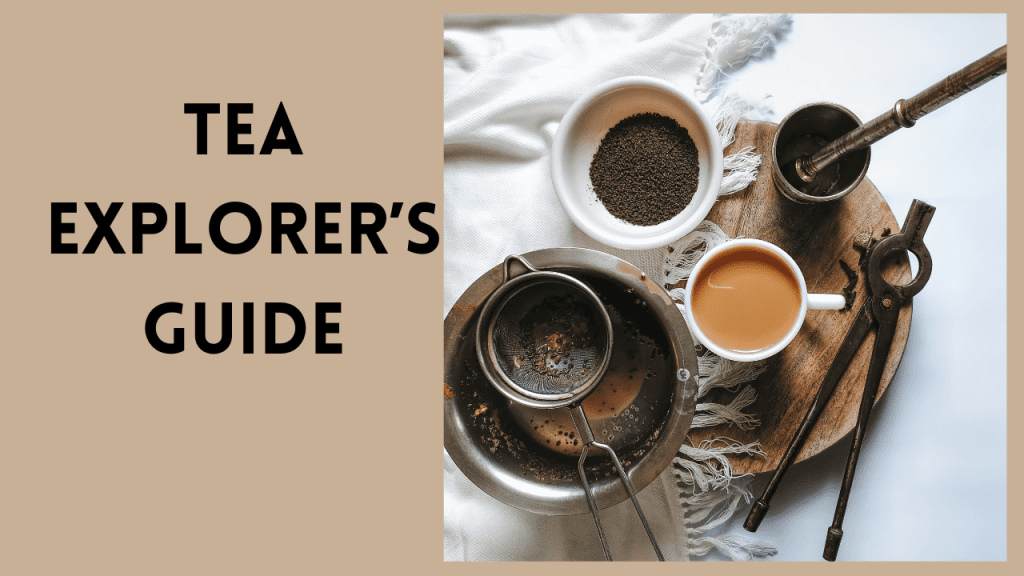
Introduction
Tea is one of the most popular beverages in the world, and for good reason. It’s delicious, refreshing, and has a number of health benefits. But did you know that there are hundreds of different types of tea available, each with its own unique flavor and aroma?
In this article, I’ll take you on a journey around the world, exploring the different types of tea that are popular in different cultures. I’ll also discuss the benefits of tea and answer some frequently asked questions.
Tea Culture
Tea drinking has been around for centuries, and each culture has its own unique traditions and rituals associated with it. In China, tea is a symbol of hospitality and respect. In Japan, tea ceremonies are a way to cultivate inner peace and tranquility. In India, tea is often enjoyed with milk and spices and is known as chai.
No matter where you are in the world, there’s a type of tea out there that’s perfect for you. So read on to learn more about the different types of tea and the cultures that enjoy them.
Different Types of Tea
Tea is made from the leaves of the Camellia sinensis plant. The type of tea depends on how the leaves are processed. Here are the six main types of tea:
Black tea
Black tea is one of the different types of tea. Black tea is the most oxidized type of tea, which gives it its dark color and strong flavor. Popular black teas include English Breakfast, Earl Grey, and Assam.
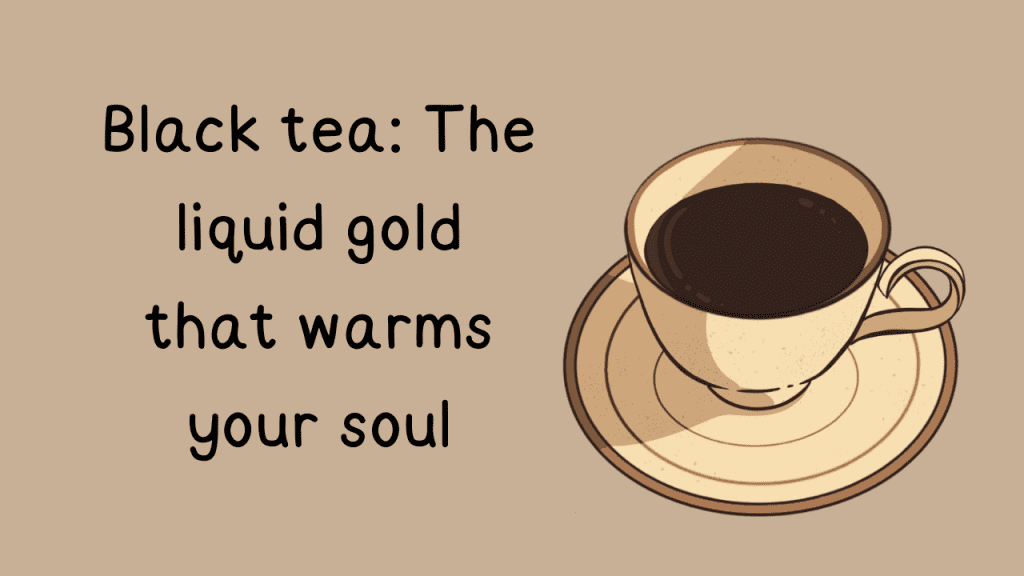
Green tea
Green tea is one of the different types of tea, and it is popular in the present day. Green tea is less oxidized than black tea, which gives it a lighter color and a more delicate flavor. Popular green teas include matcha, sencha, and gyokuro.
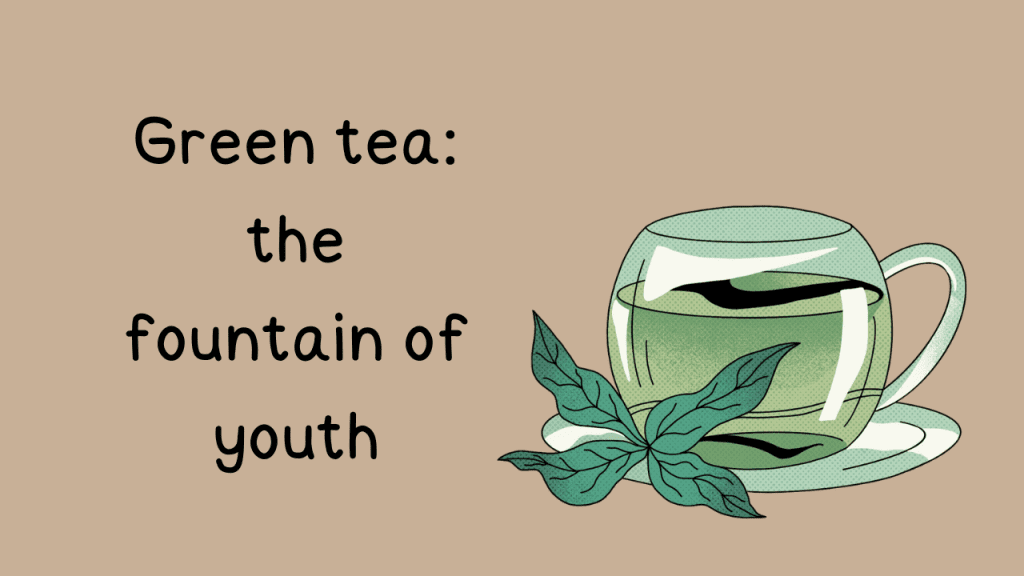
White tea
White tea is the least processed type of tea and has the most delicate flavor. Popular white teas include Silver Needle and White Peony.
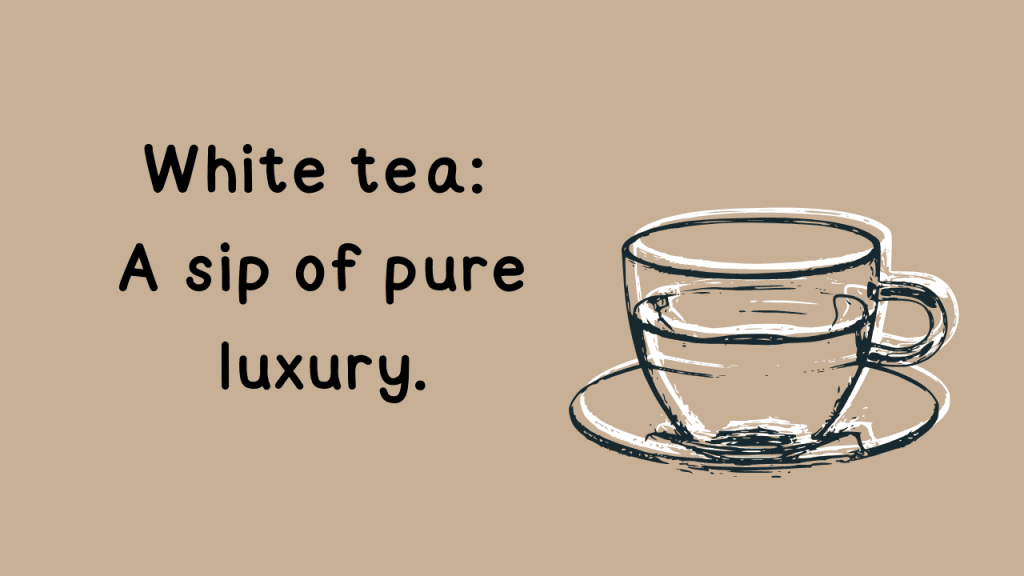
Oolong tea
Oolong tea is semi-oxidized, which gives it a flavor that falls somewhere between black tea and green tea. Popular oolong teas include Tieguanyin and Da Hong Pao.
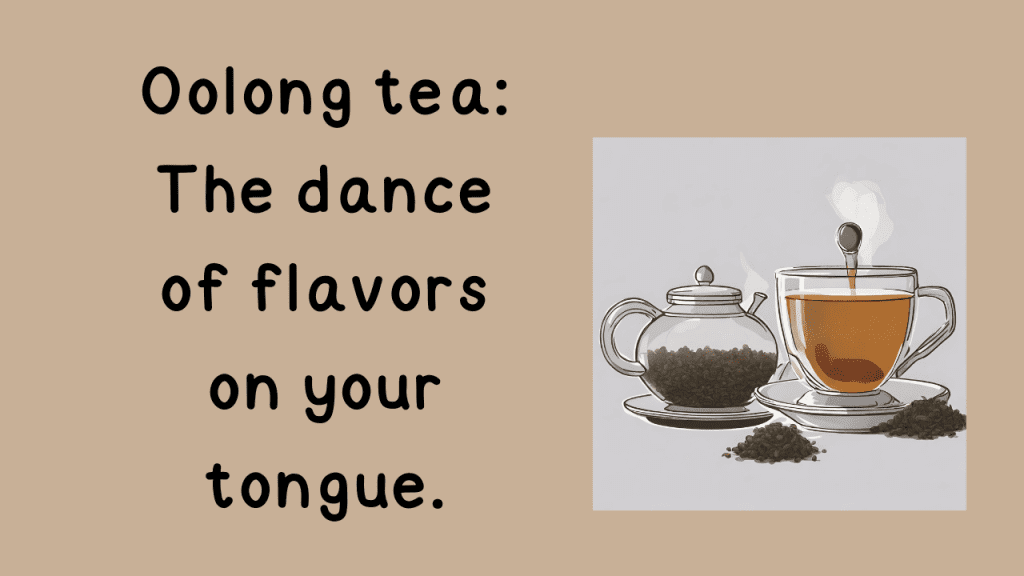
Pu-erh tea
Pu-erh tea is a fermented tea that has a unique earthy flavor. It is popular in China and other parts of Asia.

Herbal tea
Herbal tea is not technically a tea, as it is made from herbs and other plants other than the Camellia sinensis plant. However, it is often called tea because it is brewed and consumed in the same way as traditional tea. Popular herbal teas include chamomile, peppermint, and ginger.
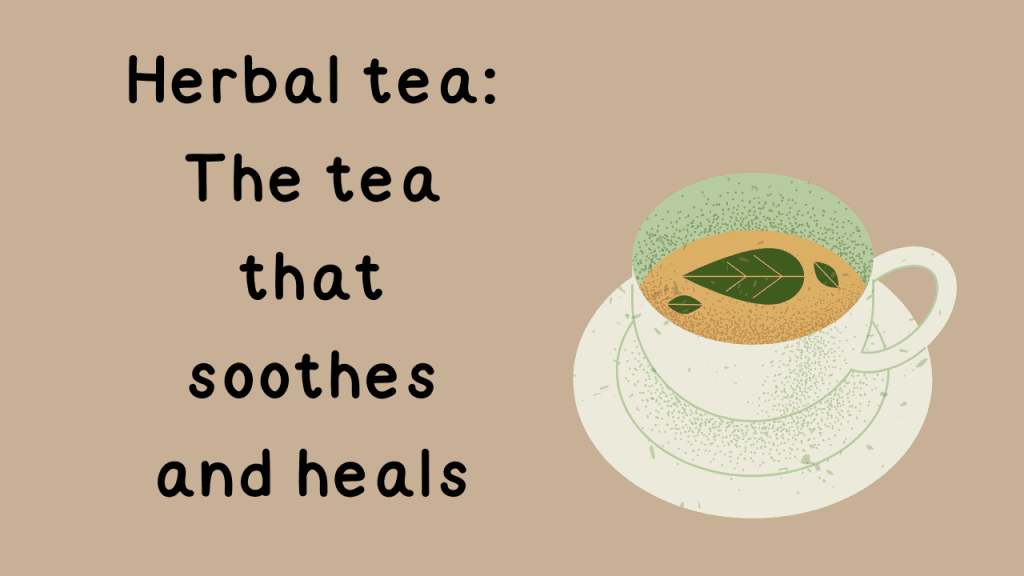
Rooibos Tea
This South African herbal tea is known for its earthy, sweet taste. It’s caffeine-free and rich in antioxidants.

Benefits of Tea
Tea, in its myriad forms, is not only delicious, but it also has a number of health benefits. Now that we know the different types of tea, let’s quickly discover the boons of tea. Here are just a few of the ways that tea can benefit your health:
- Antioxidants: Tea is packed with antioxidants that help fight free radicals in the body, reducing the risk of chronic diseases.
- Weight Management: Green tea, in particular, has been linked to weight loss due to its metabolism-boosting properties.
- Improved Heart Health: Regular tea consumption is associated with a reduced risk of heart disease.
- Mental Alertness: The caffeine content in tea can improve focus and mental alertness without the jitters associated with coffee.
- Stress Reduction: Herbal teas like chamomile and lavender can help alleviate stress and promote relaxation.
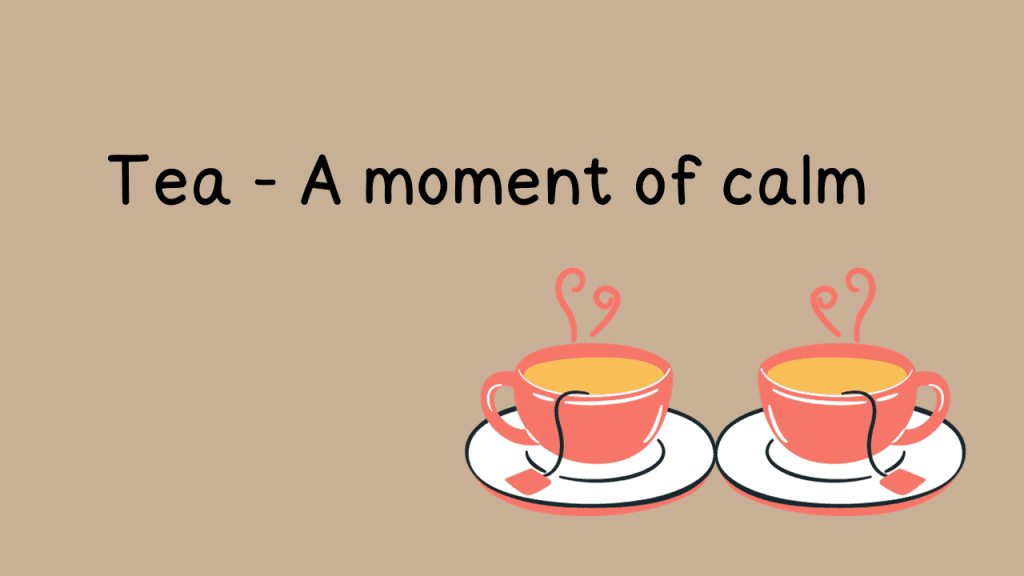
Table of different types of tea and their characteristics
| Tea type | Oxidation level | Flavor profile | Examples |
|---|---|---|---|
| Black tea | Fully oxidized | Strong, bold | English breakfast tea, Earl Grey tea, Assam tea |
| Green tea | Minimally oxidized | Fresh, grassy | Matcha tea, sencha tea, and jasmine tea |
| White tea | Least processed | Delicate, sweet | Silver needle tea, white peony tea |
| Oolong tea | Semi-oxidized | Somewhere between black tea and green tea | Tieguanyin tea, Da Hong Pao tea |
| Pu-erh tea | Fermented | Earthy, unique | Shou pu-erh tea, sheng pu-erh tea |
| Herbal tea | Not oxidized | Varies | Chamomile tea, peppermint tea, and ginger tea |
| Rooibos Tea | Fully Oxidized | Sweet and nutty | Red tea, Redbush tea, and herbal tea |
Facts About Tea
- Tea is the second most consumed beverage in the world, after water.
- Tea originated in China over 5,000 years ago.
- Tea is the national drink of over 50 countries.
- The most popular type of tea in the world is black tea.
- The most expensive type of tea is matcha, a Japanese green tea that is made from ground tea leaves.
- Tea contains caffeine, but less than coffee.
- Tea is a good source of antioxidants.
- Tea can help improve oral health.
- Tea can help protect against cancer.
- Tea can help reduce the risk of Alzheimer’s disease and Parkinson’s disease.
- Tea can help improve bone health.
- Tea can help improve digestion.
- Tea can help reduce the risk of type 2 diabetes.
- Tea can help improve skin health.
- Tea can help boost athletic performance.
- Tea is the second most consumed beverage globally, only surpassed by water.
- The tea plant is scientifically known as Camellia sinensis.
- The first recorded tea consumption dates back to 2737 BC, when Chinese Emperor Shen Nong discovered it.
- The temperature of water used for steeping tea affects the taste; different types of tea require different water temperatures.
- In Japan, the traditional tea ceremony, known as Chanoyu, is a highly ritualistic affair.
- After water, tea is the most widely consumed beverage in the world.
- The British tradition of afternoon tea was popularized by Anna, the Duchess of Bedford, in the early 19th century.
- The world’s most expensive tea is Da Hong Pao, a Chinese oolong, which can sell for thousands of dollars per gram.
- The term “chai” actually means tea in several languages, so “chai tea” is redundant; it’s like saying “tea tea.”
- The Boston Tea Party of 1773 played a significant role in the American Revolution.
- Tibetans are known for adding salt and butter to their tea, creating a unique flavor.
- In Morocco, green tea is served with mint and a lot of sugar.
- The art of reading tea leaves, known as tasseography, is a form of divination.
- Tea bags were invented by Thomas Sullivan, a New York tea merchant, in 1908.
- The phrase “not for all the tea in China” reflects the value and importance of tea in global trade and culture.
Conclusion
Tea is more than just a beverage; it’s a cultural experience that has transcended centuries and continents. From the soothing rituals of Japanese tea ceremonies to the bustling streets of India, where chai is king, tea has woven itself into the fabric of our lives. With countless varieties and an array of flavors, there’s a tea for every palate. So, why not embark on your own tea adventure and savor the diverse world of tea one cup at a time?
With so many different types of tea available, there is something for everyone to enjoy. What is your favorite type of tea? What are some of the benefits of tea that you have experienced? Share your knowledge and experience in the comments below!
I am always interested in learning more about tea, so I look forward to reading your comments.

